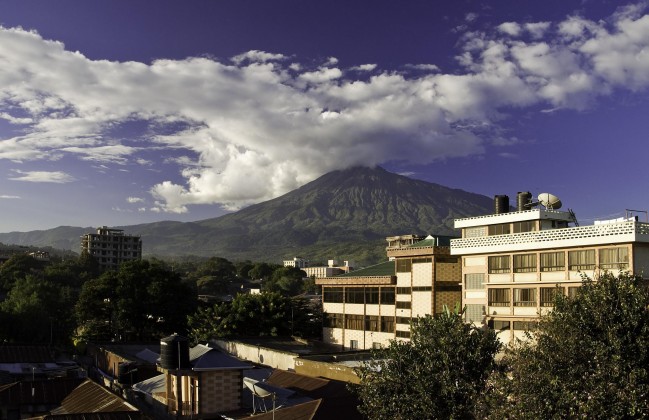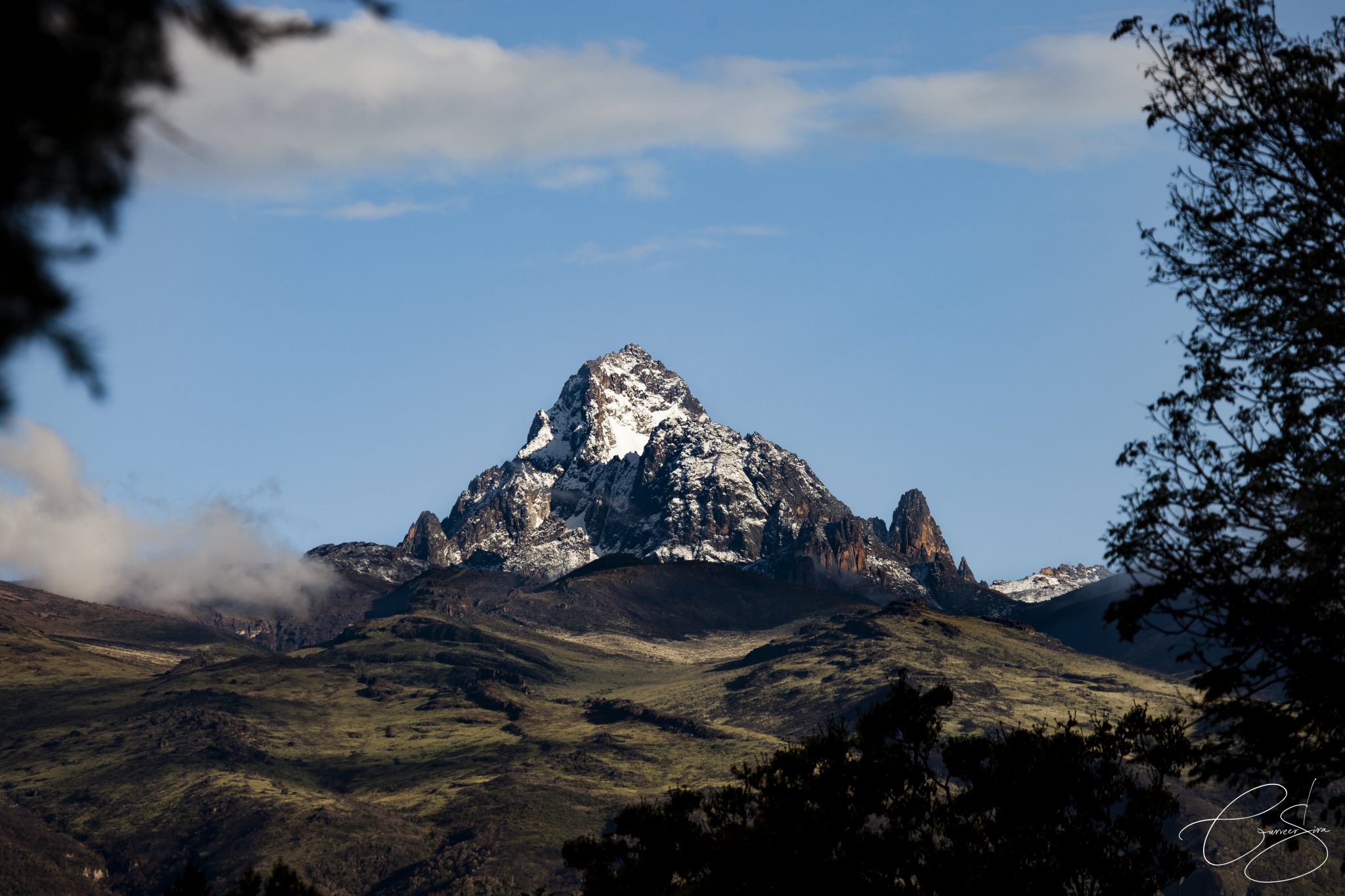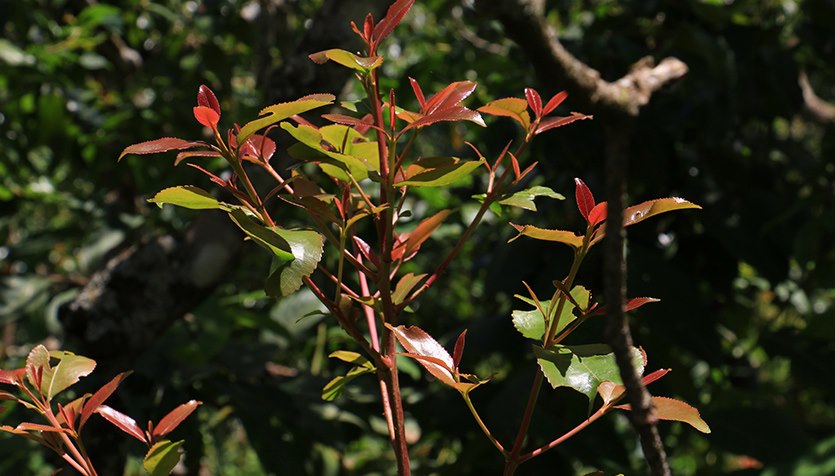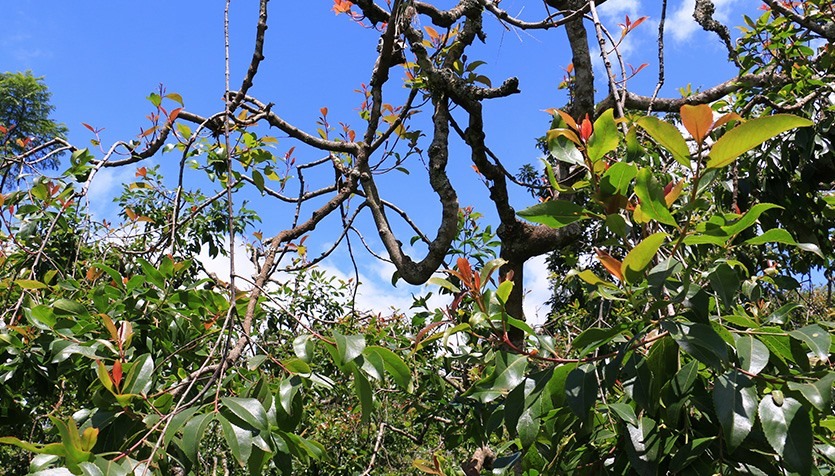Meru Town, Kenya

Image Credit: Shadows of Africa
Five miles north of the equator is Meru town. As you drive into the town, you are greeted by a number of billboards, an indication that you are in the northern part of the city which is predominantly administrative. It’s a welcoming site quite honestly, because you are introduced – or reintroduced – to one of Central Kenya’s most vibrant urban centres. Meru’s long history begins well before 1911 when the area was proclaimed a township, and even before 1908 when British officer Edward Butler Horne arrived. Though he was responsible for the town’s first permanent structure, a building of stones pasted together by mud, in 1917.
Year after year since, Meru has grown to become one of Kenya’s most vibrant and populated towns. Here, business is booming and the landscape has both greenery as well as buildings in equal measure. In urban centre fashion, there is traffic from time to time.
To get lost in this town is almost impossible; the Amerucans are welcoming and have no problem helping you navigate your way around their town.
Beyond the billboards, landscape and traffic, every few kilometres, you are reminded that you are indeed in Meru by the presence of thick bundles in the arms of a person or stashed in a Probox. Meru is the home of Miraa, or Khat – the main income generator in this city. Miraa is a respected commodity linked to a time of yesteryear. In the Ameru historical times, the Tigania and Igembe ancestors were known to enjoy Miraa. Back then, Miraa was such an elite stimulant that its consumption was often restricted to elders alone. Today Miraa continues to be a respected item, not only among idlers as is the common misconception, but even the middle to high class in Meru are known to partake from time to time. What’s more interesting is that it’s sometimes one of the items included in bride price.
Meru is known to be the distribution capital for other smaller towns in the Mount Kenya region with most major businesses located in Meru. Among the businesses here is the agri-business. Because Meru is situated in a highland area with high altitudes, most of the land has rich volcanic soils suitable for the growth of coffee. Twice a year, coffee is harvested and sold to markets within this region.
For those that haven’t been, Meru is no different from the other urban centres, with a boda boda here, a ka-local there and open air markets in different corners of the town, there’s everything familiar about this place.






